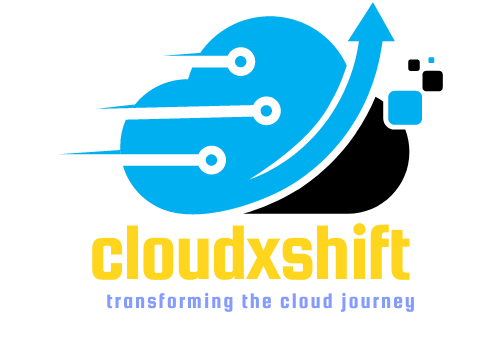Cloud Migration:Top 10 Mistakes to Avoid
Cloud migration is a complex process that involves moving applications, data, and other digital assets from an on-premises environment to a cloud-based infrastructure. Although cloud migration offers numerous benefits, it’s not without its challenges. In fact, many organizations make common mistakes during the cloud migration process that can lead to costly delays, data loss, and security breaches. To help you avoid these pitfalls, we’ve compiled a list of the top 10 cloud migration mistakes to avoid.
Failing to Plan Ahead
One of the biggest mistakes organizations make during cloud migration is failing to plan ahead. Without a clear plan in place, you may overlook critical details that can impact the success of your migration. Before you begin the migration process, you should create a detailed project plan that outlines the scope of the project, timelines, resource requirements, and potential risks.
Ignoring Security
Security is a critical consideration during cloud migration. Unfortunately, many organizations overlook security concerns, assuming that their cloud service provider will handle all aspects of security. However, it’s important to remember that cloud security is a shared responsibility, and both the organization and the cloud service provider have a role to play in protecting data and applications.
Underestimating Costs
Cloud migration can be expensive, and it’s important to factor in all associated costs when planning your migration. This includes not only the cost of the cloud infrastructure itself but also any costs associated with data migration, staff training, and ongoing management and support.
Not Understanding Application Dependencies
When migrating applications to the cloud, it’s essential to understand their dependencies. This includes not only the dependencies between applications but also any dependencies on underlying infrastructure components such as databases or middleware. Failure to identify and manage these dependencies can lead to application failure or downtime.
Failing to Optimize Performance
Performance is a critical consideration during cloud migration. Failure to optimize performance can result in slow application response times, decreased productivity, and dissatisfied users. It’s essential to work closely with your cloud service provider to optimize performance and ensure that your applications are running efficiently in the cloud environment.
Overlooking Compliance Requirements
Many organizations overlook compliance requirements when migrating to the cloud. However, failure to comply with regulations such as HIPAA or GDPR can result in significant fines and damage to your reputation. It’s essential to work closely with your cloud service provider to ensure that your cloud environment meets all necessary compliance requirements.
Not Testing Sufficiently
Testing is critical during cloud migration. Unfortunately, many organizations fail to test sufficiently, assuming that everything will work as expected. However, failure to test can lead to unexpected downtime, data loss, or other issues. It’s essential to thoroughly test your cloud environment before going live to ensure that everything is working as expected.
Failure to Train Staff
Cloud migration requires new skills and knowledge. Unfortunately, many organizations fail to provide sufficient training to their staff, assuming that they will be able to adapt on their own. This can lead to frustration, decreased productivity, and errors. It’s essential to provide your staff with the necessary training and support to ensure a successful cloud migration.
Poor Communication
Communication is critical during cloud migration. Unfortunately, many organizations fail to communicate effectively, leading to misunderstandings, delays, and other issues. It’s essential to establish clear lines of communication between all stakeholders and to ensure that everyone is on the same page throughout the migration process.
Failing to Monitor and Manage
Cloud migration is not a one-time event. Once you have migrated to the cloud, it’s essential to monitor and manage your cloud environment to ensure that it continues to meet your needs. This includes monitoring performance, security, compliance, and costs, as well as making any necessary adjustments or upgrades to your infrastructure.
In conclusion, cloud migration offers numerous benefits, but it’s important to avoid these common mistakes in order to ensure a successful migration. By planning ahead, understanding application dependencies, optimizing performance, complying with regulations, testing sufficiently, training staff, communicating effectively, and monitoring and managing your cloud environment, you can avoid many of the pitfalls that can arise during cloud migration. Remember, cloud migration is a complex process, and it’s essential to work closely with your cloud service provider to ensure a successful migration. With proper planning, preparation, and execution, you can reap the benefits of cloud migration and take your organization to the next level. Please visit cloudxshift for further updates
Further Readings
AWS IAM Best Practices: Securing Infrastructure
SRE:A Deep Dive into CloudXShift’s Cutting-Edge Technologies
Cloud Migration Plan: Key Considerations




